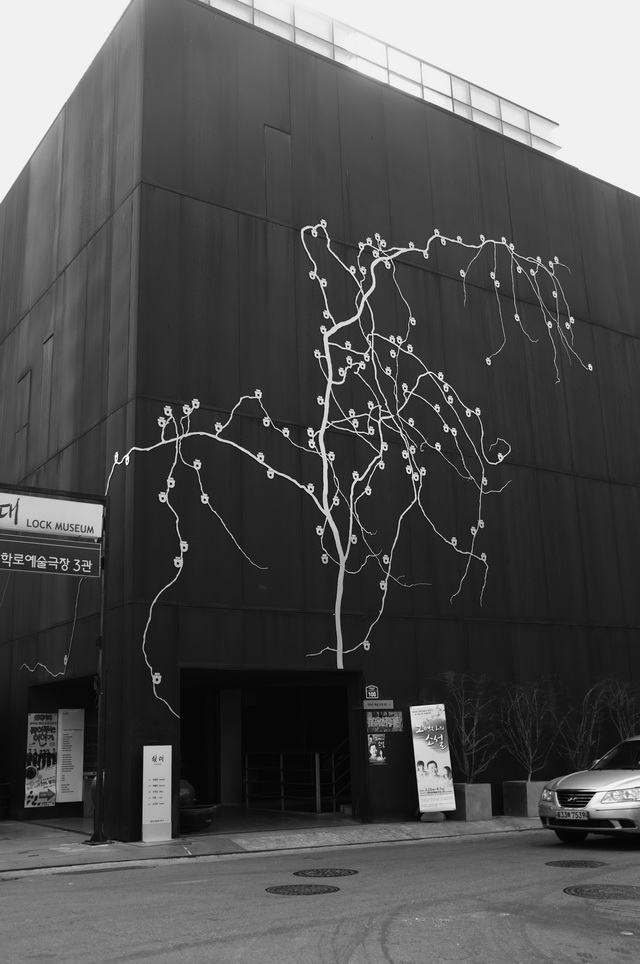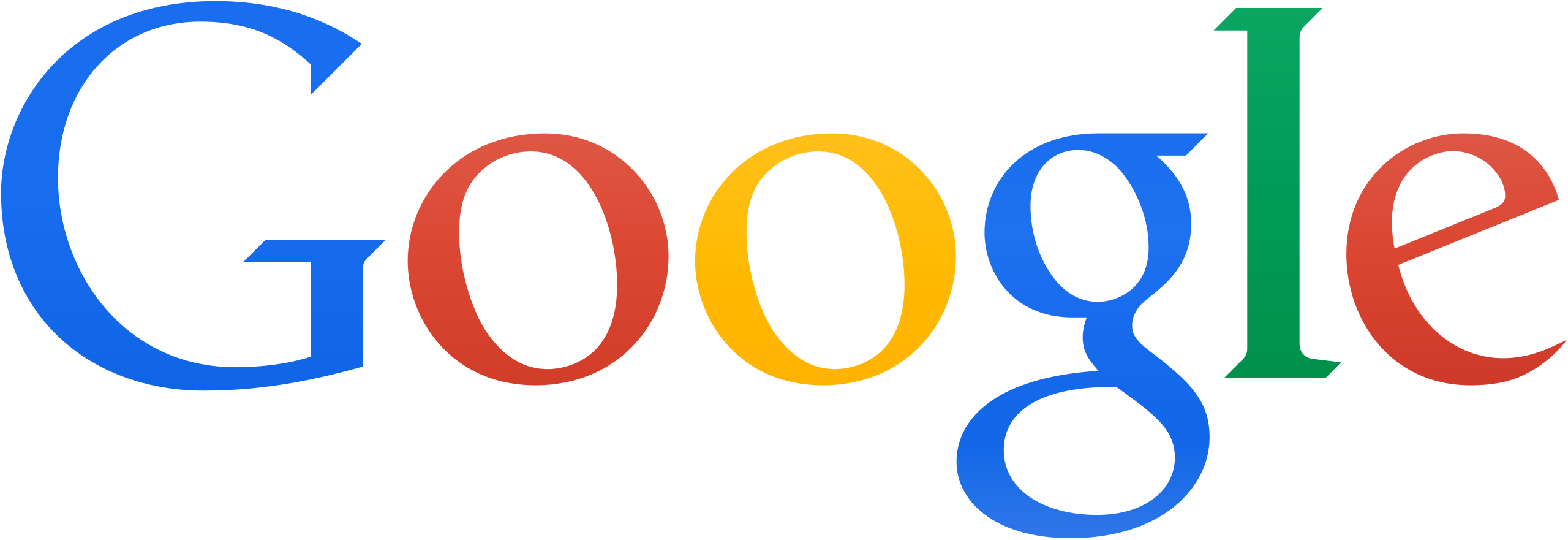I was looking for some cool examples of typography in real life (most specifically typography made out of real objects), but nothing really interested me enough to share. That is until, however, I came across some examples of typography made out of the negative space of physical objects. As simple as they are, they are really strong and clear images, and it’s not a tactic that you would rather easily think of to do in this specific way.
While those examples might not be anything too exciting to you in the big scheme of things, they led me to find the artist Bela Borsodi. He is a photographer from New York, and upon checking out his website, I really enjoyed his work. However, the thing that stood out to me and that I wanted to share (and I mean, this is a typography blog), is the following pieces. Using a combination of negative space and objects, Borsodi created letters visible only when viewed from the right angle, and photographed them of course.
The attention to detail and the time that it must have took to accurately shape these letters just right is really awesome to me. His use of colors (i.e. light colors vs. dark colors; colors vs. neutrals) in order to create the idea of a typographic form in the physical space is a really inspiring tactic.
If you're interested in checking out Bela Borsodi's other work, here is the link to his website:
http://www.belaborsodi.com/single-images




















































